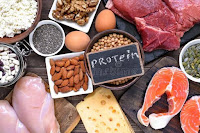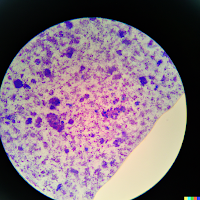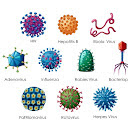The Importance of Water Purification: Ensuring Clean and Safe Drinking Water

General discursion about Water purification Clean and safe drinking water is crucial for our health and happiness. However, with increasing pollution and contamination concerns, the need for potential water purification methods has become more urgent than ever. Here, I will analyze the significance of water purification, its impact on human health, and a number of methods used to achieve clean and safe drinking water. By understanding the importance of water purification, we can take measure to ensure availability of high-quality drinking water for ourselves and next generations. Pic: Water Purification System, Credit:freepik Table of Contents Why Water Purification is essential? What is Water Purification? Common Water Purification Methods Factors to Consider When Choosing a Water Purification System Ensuring Water Safety in Various Settings Conclusion Why Water Puri...














